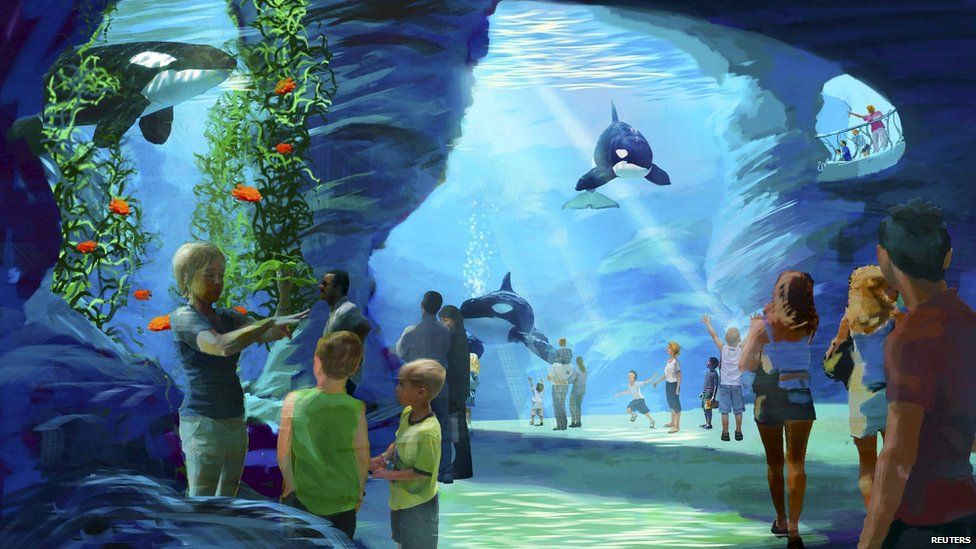All About Zoos
All About Zoos
Blog Posts About Zoos
Managing multi-animal groups in zoos means knowing when to intervene and when to allow animals to work out issues on their own; too much involvement from staff can potentially be a problem, but not enough could result in the injury of an animal.
What happens when a zoo needs to get an animal out it's enclosure, fast? Learn about what's called an "emergency recall" cue and why it's so crucial in zoo setting.
Anti-depressants are a large category of drugs, comprising many medicines with more uses than just regulating emotional state. The reasons some animals are prescribed these meds are not what you'd expect...
A big cat escape is every zookeeper’s worst nightmare - because of the possibility of people or other animals getting hurt, and because of the probability that an escaped dangerous animal will have to be killed. It’s a complete tragedy that they lost animals, and it’s so lucky that they were able to tranquilize him safely and get him back in a secure area.
It's hard enough for zookeepers to keep one species of animal healthy and happy in each exhibit - what happens when you add another?
Cetaceans In Zoos
Marine Mammal habitats in zoos look empty because pelagic animals often spend a lot of time in open water, exhibit design has changed a lot over the years, renovations are expensive and logistically complicated, and because it’s often easier to utilize enrichment that can be removed / cleaned / repaired than to install permanent fixtures that require a lot of in-situ maintenance.
It was cancelled in March / April of 2016 at approximately the same time that the ex-CEO Joel Manby decided to stop orca breeding. That renovation - which would have had so many more features than just “more space”, such as a shallow area with a rubbing beach and a fast-current area - would have been such an incredible positive change in the welfare of the current resident whales.
Beluga have much more mobile necks than other cetaceans - none of their cervical vertebrae are fused - which means they’re much more mobile in a lot of ways and able to maneuver in tighter spaces comfortably. That’s an adaptation that’s great for living under ice, but also likely effects how pools for them are designed
Other Zoo Topics
In an attempt to portray zoos in a good light, some click-bait articles go overboard and present information about the zoo industry that isn't real.
While zoos prefer to train animals to participate in all medical care voluntarily, there are times it is necessary to restrain an animal in order to treat it. Squeezes can be used, for example, to keep an animal still for injections or to allow vets to safely examine a body part the animal is not yet trained (or just isn’t inclined) to present.









